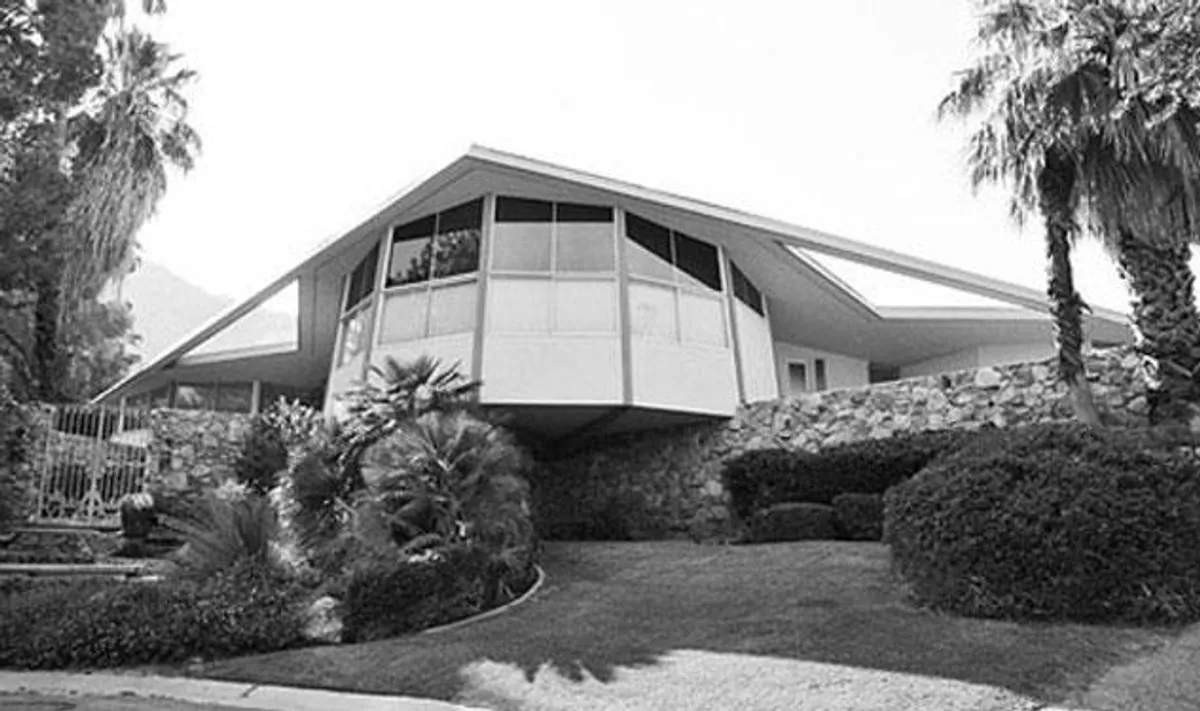Palm Springs
Artifact: Palm Springs Architecture

From the Palm Springs desert rose a Palm Springs helped launch an entire architectural movement.
February 22 2013 3:16 PM EST
February 05 2015 9:27 PM EST
By continuing to use our site, you agree to our Private Policy and Terms of Use.

Palm Springs would still be a ramshackle outpost if it weren't for Albert Frey, Robson C. Chambers and other pioneering architects who used the Coachella Valley as a launching pad for what's widely called Mid-Century Modernism or, when referring to the Palm Springs aesthetic specifically, desert modernism.
Like the contemporaneous art deco movement that took Miami by storm, this movement, starting in the 1940s and really taking off in the 1950s and 1960s, celebrated geometry, metal and a utopian vision of the future. Homes, churches and public buildings reach from the desert landscape toward the sky, yearning for escape.
The archetype for such edifices is most evident in William Krisel's 1962 creation "House of Tomorrow," pictured above. This is just one of the images shared with us by the Palm Springs Modern Committee. The aesthetic went out of fashion, and the future the people of the day imagined never came true, but desert modernism influenced cityscapes the world over for years to come, guaranteeing itself a place in the history books.
First up, Albert Frey's earthbound homes and empyrean entryways:
Here, examples of Robson C. Chambers and Donald Wexler's work, including the industrially aerated Palm Springs City Hall.
As William F. Cody's work shows, even churches caught mid-modern fever.
And A. Quincy Jones's Town & Country Center, designed in 1948, rounds us off with an example of early mid-modern architecture.